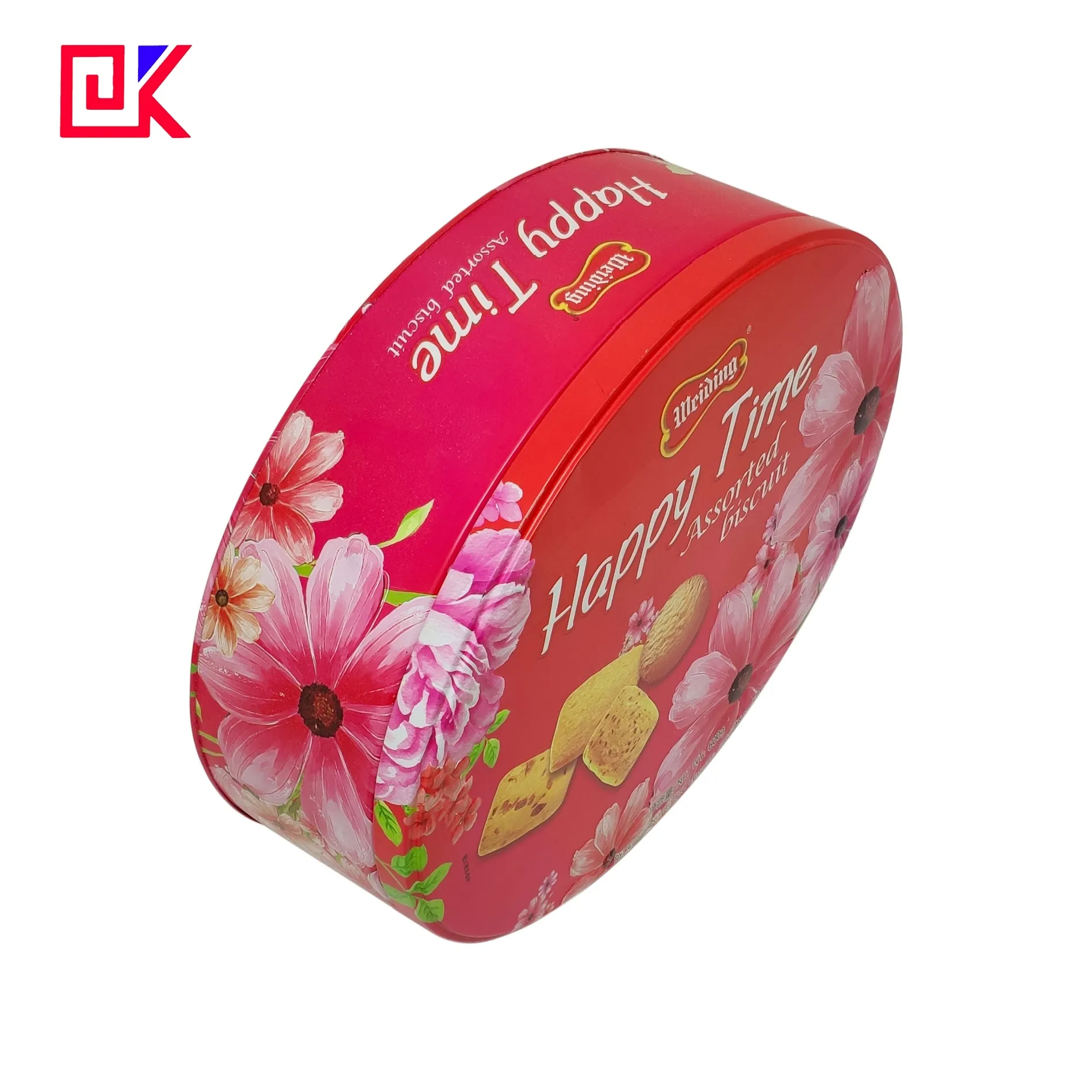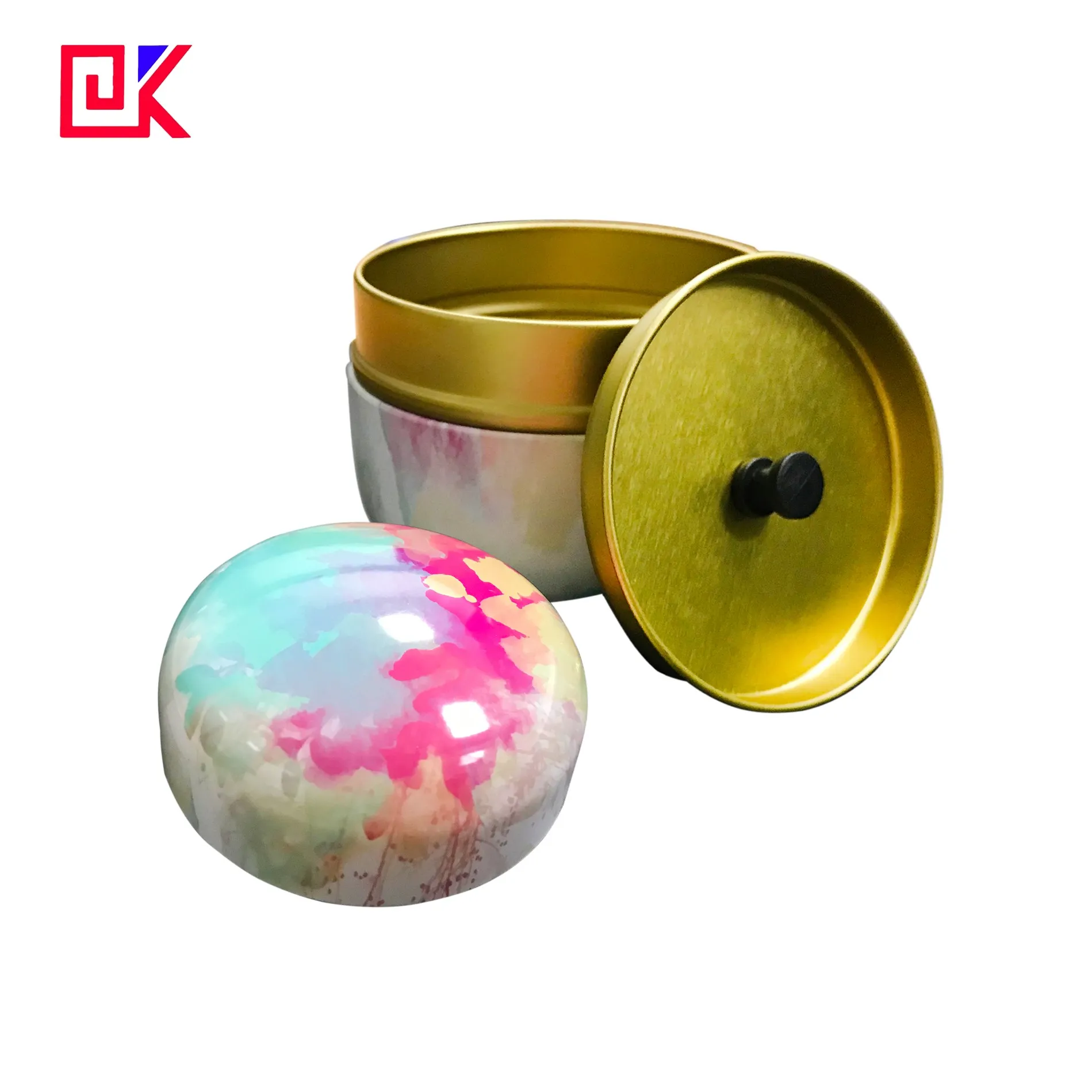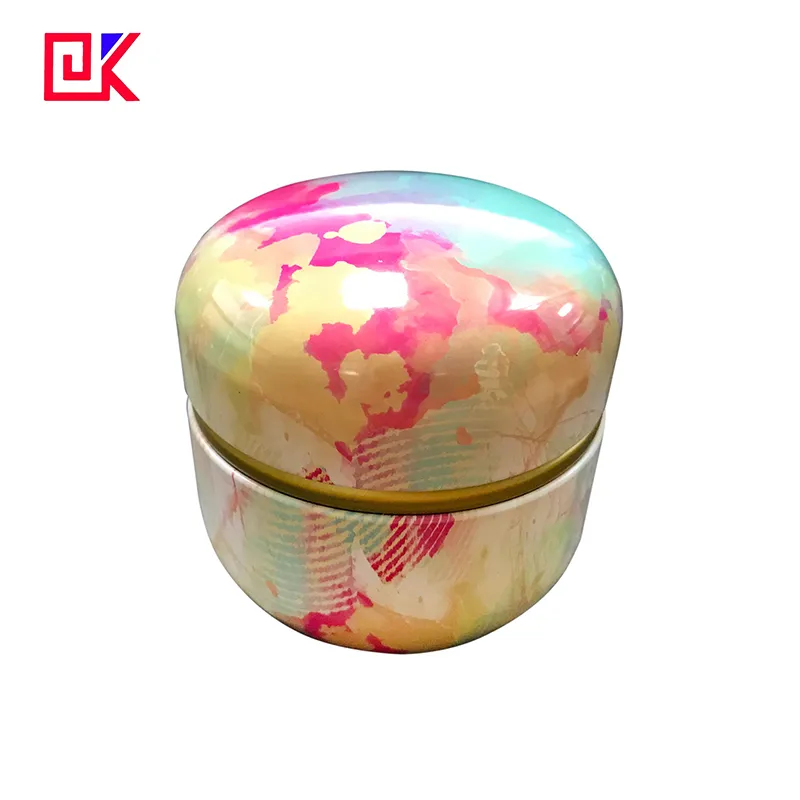Candy cans, a small object that can be found everywhere in life, carry sweet memories and good times of childhood. However, many people will have such questions: Are these glittering cans really made of tin? Why do they look different from other metal products?
This article will take a deep look at the material composition of candy cans, explain why it is confused with tin, and why candy cans are widely made of tinplate sheet instead of pure tin.

What are the main materials of candy cans?
1. What is the difference between tinplate sheet and pure tin?
When discussing the materials of candy cans, we first need to understand what tinplate sheet and tin are. Tin is a rare and expensive metal in nature with a silvery-white luster. It is often used to protect metals from oxidation. However, the physical properties of pure tin make it unsuitable for direct use in making containers, especially candy cans that need to be strong and wear-resistant.
Tinplate sheet is different. It is a metal material made by plating a thin layer of tin on the surface of steel, which not only retains the strength of steel, but also has a corrosion-resistant effect through the tin layer. Tinplate sheet is not only low-cost, but also has a relatively mature manufacturing process. It is widely used in packaging materials in the food, beverage, chemical and other industries. Therefore, candy cans are not actually made of pure tin, but are made of this kind of tinplate sheet that is both beautiful and anti-corrosive.
2. Why do candy cans use tinplate sheet?
Candy cans need to have a certain hardness to protect the food inside, which requires the can body to be sturdy and avoid deformation during transportation and storage. Tinplate sheet has such characteristics. Its core is steel, which gives the can body excellent pressure resistance and hardness. In addition, the presence of the tin layer enhances its anti-corrosion, making it suitable for holding food and other items.
Tinplate sheet itself has good processability and can be made into containers of various shapes and sizes, which makes it possible to diversify the design of candy cans. At the same time, the surface of tinplate sheet is smooth, which is conducive to printing or spray painting decoration, meeting the packaging aesthetic requirements of candy cans. These characteristics make tinplate sheet an ideal material for candy cans.

How does the metallic luster of candy cans come from?
1. How does the tin plating layer of tinplate sheet affect the appearance of candy cans?
The tinplate sheet's tin coating gives the candy can a unique sheen, giving it a bright metallic luster. The tin layer itself is smooth and reflective, and it becomes more dazzling after polishing. This tin coating not only enhances the beauty of the can, but also protects the metal itself, preventing the can from rusting when it reacts with oxygen in the air.
The color and texture of tin also make many people mistakenly believe that candy cans are made of pure tin. The tin layer can provide good protection for the candy can, making it less likely to oxidize in daily use. At the same time, the thickness of the tin coating is usually very thin and does not affect the overall structural stability of the candy can. In this way, the candy can has the characteristics of being both beautiful and durable.
2. Why do candy cans sometimes have patterns and decorations on the surface?
Common surface patterns or decorations on candy cans are achieved through printing technology. The surface of tinplate sheet is smooth and has a certain degree of adsorption, which can be easily printed in color or spray-painted. Manufacturers usually print eye-catching patterns, brand logos, etc. on the can to enhance the attractiveness of the product. This printing process not only enriches the appearance of the candy can, but also effectively conveys brand information, which is a manifestation of packaging art.
Why do candy cans use tinplate sheet instead of pure tin?
1. Consideration of cost and resource utilization
Tin is a rare metal with high price, so it is difficult to use on a large scale in daily life. Tinplate sheet is a very cost-effective material with low manufacturing cost and relatively abundant resources. This makes tinplate sheet the preferred material for making food containers such as candy cans, which can reduce costs and facilitate mass production.
By using tinplate sheet, candy cans can have both aesthetics and practicality while maintaining good physical properties, meeting the economic requirements of food containers. In addition, the thickness of the tin layer is only a few microns, which greatly saves the use of tin and plays a protective role. This material combination is widely used in the packaging industry and has become an ideal choice for food containers.
2. Health and safety guarantee
The tin-plated layer of tinplate sheet can effectively isolate steel and food to avoid direct contact. This coating is very important in food packaging such as food cans and candy cans because it prevents iron from reacting chemically with food, thereby preventing the can from rusting or affecting the quality of the food. In contrast, although pure tin has a certain degree of corrosion resistance, its lower strength makes it difficult to ensure the stability of the can.

How to identify the material of a candy can?
1. Can the weight and hardness of a candy can determine the material?
Tinplate cans have a higher hardness and a tough surface that is not easily deformed, while pure tin is relatively soft and easy to be scratched. If consumers suspect that a candy can is made of tin, they can try to gently tap the can to distinguish it by sound and feel. Tinplate cans usually have a crisp sound, while tin products have a dull sound. In addition, tinplate cans are lighter and easier to carry and transport.
2. What is the difference in surface gloss and color?
The surface of a tinplate can is smooth and has a metallic luster, which looks very bright under light, while pure tin is silvery white with a lower gloss. By observing the color and gloss of the surface, you can determine whether the candy can is made of tinplate. The luster of tinplate sheet is relatively uniform, while the texture of tin is relatively dull, and the difference between the two can be distinguished from the appearance.
What are the advantages of tinplate candy cans?
1. How is the corrosion resistance of tinplate candy cans?
The tin plating of tinplate candy cans makes them have good corrosion resistance. Candy jars will inevitably come into contact with moisture or acidic substances during storage, and the tin plating can effectively isolate the air and steel to prevent corrosion. Even after long-term use, the appearance and function of tinplate candy jars can still be maintained, which is one of the reasons for their popularity.
2. How does sealing help candy preservation?
The sealing of candy jars directly affects the storage quality of candy. Tinplate cans have good sealing performance, which can prevent air and moisture from entering the cans and extend the shelf life of candy. The design of candy jars usually takes into account the sealing requirements, and ensures that the can body is tightly closed through reasonable structural design. In this way, candy is not easily affected by moisture and mold during storage, thereby ensuring the safety and taste of food.

Do you provide customized metal packaging?
Yes, Dekai customized specializes in metal packaging. As a China-based manufacturer, we offer tailored solutions: unique shapes, printed designs, coatings, colors, sizes, and finishes. Our factory houses advanced equipment—UV printing, two-color lines, forming, cutting, lid production—enabling brand-specific packaging runs. Purchasing branded containers?
We can be your reliable supplier for private-label aerosol cans or tin boxes. Provide your artwork and packaging specifications, and we will supply quotes, samples, and low-price customized production.

